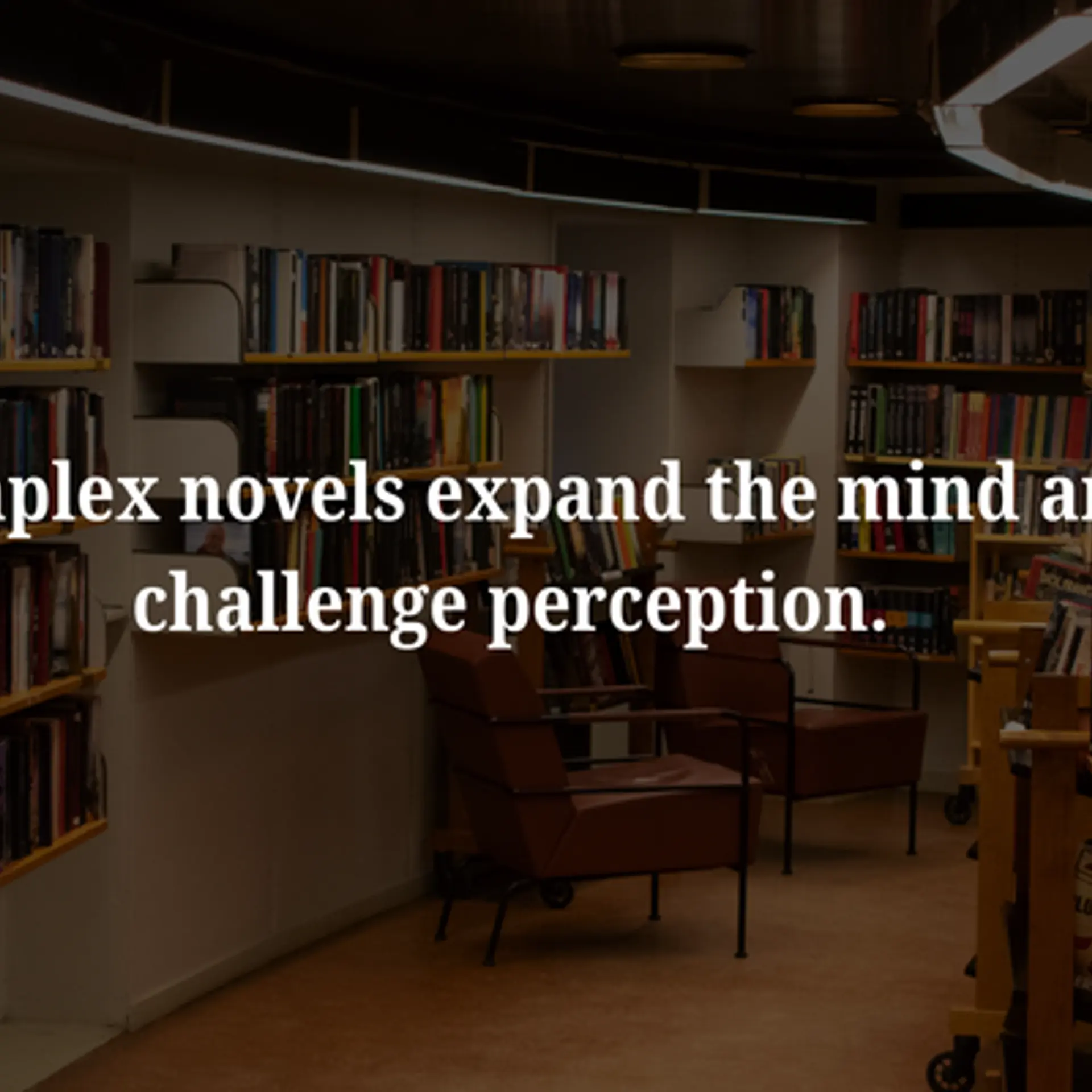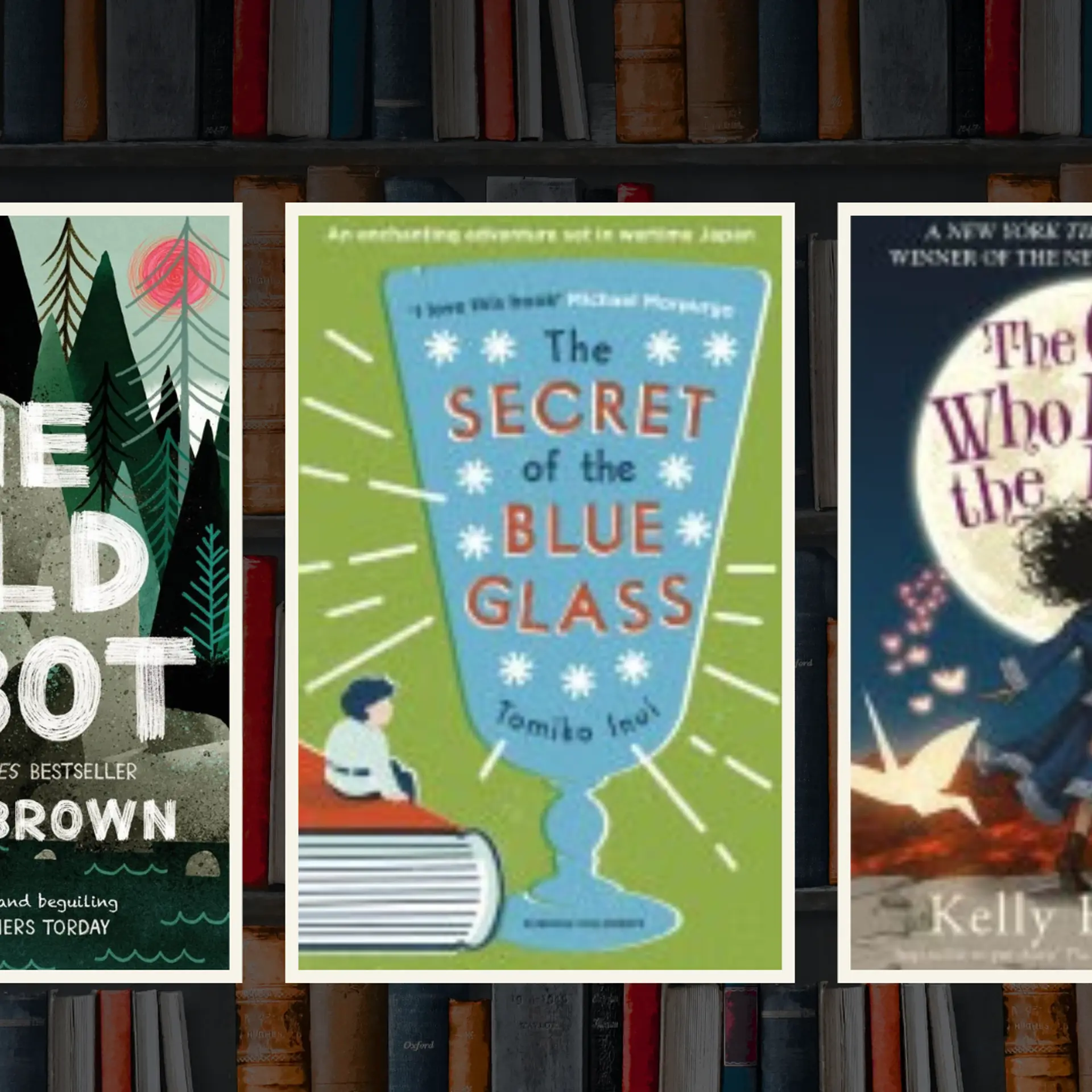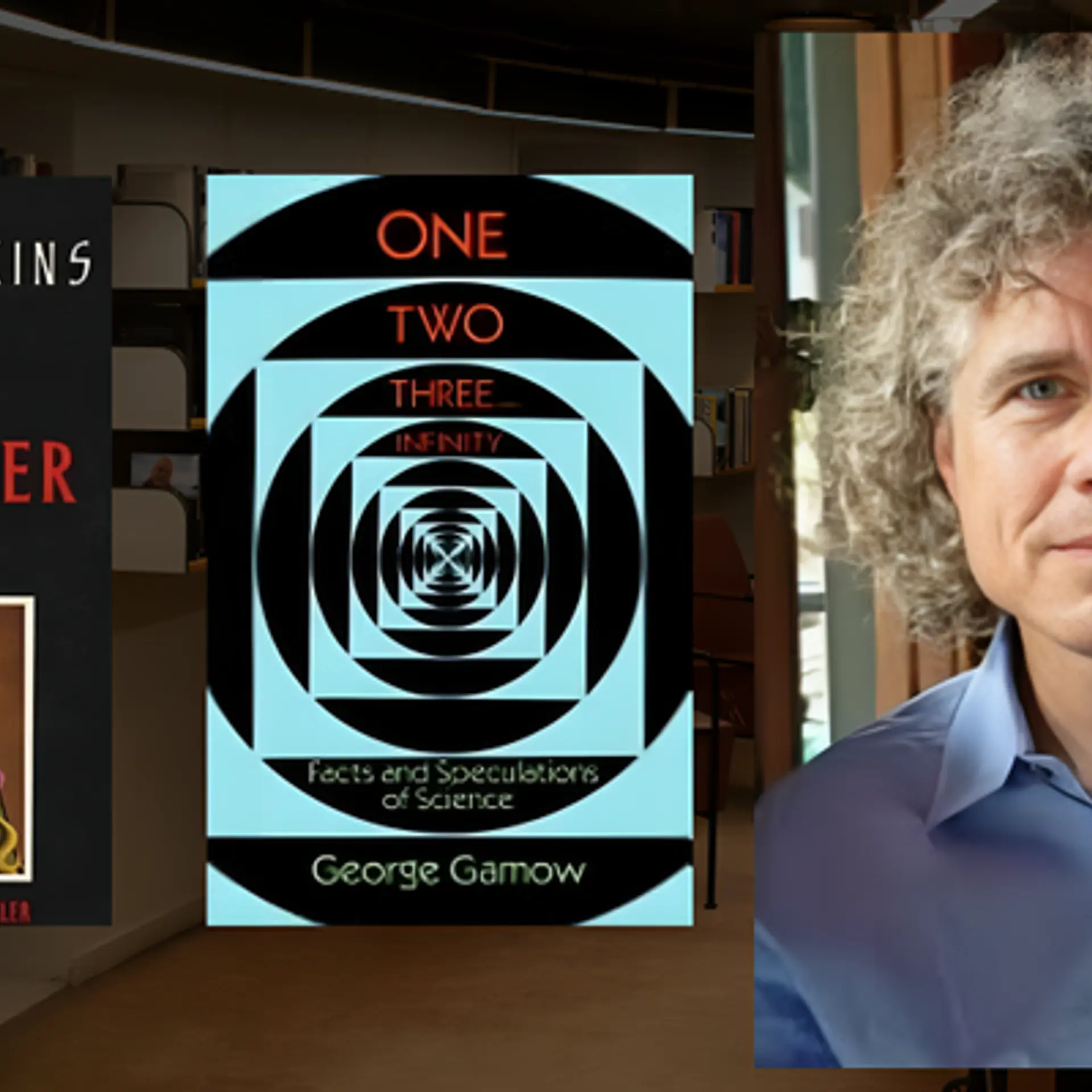Uber India creates art with upcycled ink from pollutant particles to tackle the rising pollution
Uber India tied up with cleantech startup Chakr and Delhi Street Art for a unique graffiti and street-art show at Lodhi Colony, which used paint upcycled from pollutants.
Amid the number of issues that India confronts at the moment, a key concern is the rising pollution and the deteriorating air quality in the capital and other northern cities like Kanpur and Varanasi. While the Supreme Court has summoned several state officials for failing to curb stubble burning, individuals and corporates are coming forward to address the issue in their capacity.
In one such initiative, Uber tied up with cleantech startup Chakr and Delhi Street Art for a unique graffiti and street-art show at Lodhi Colony which used paint upcycled from pollutants.

Credits: Shutterstock
This initiative of the rideshare giant comes as a culmination of its #LeaveYourCarBehind campaign, which highlighted the need for citizens to leave their cars behind and adopt ridesharing and carpooling in efforts to improve the capital’s air quality. Chakr uses a patented process to manufacture paint through its ‘Chakr Shield’, a device that captures contaminants at source and converts them into paint. This has been tested to have zero percent toxicity and has been recognised as Green Pro by the Confederation of Indian Industry - Indian Green Building Council.
Speaking about the initiative, Manisha Lath Gupta, Marketing Director, Uber India & South Asia, said,
“Through our #LeaveYourCarBehind campaign, we aim to encourage citizens of Delhi to make responsible choices by opting for shared mobility solutions over private modes of transport to make the city’s air cleaner. Using art as a strong platform of expression, we want to create beautiful street art to deliver our message that India and its citizens care about smarter mobility and healthier cities which lead to better, richer lives.”
A number of volunteers participated in the activity, with walls painted to spread the message —residents too can play a key role to help reduce the toxic blanket of pollution engulfing India’s capital.
(Edited by Athirupa Geetha Manichandar)








